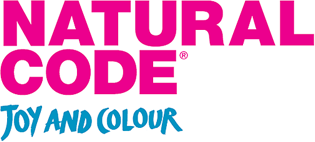We select the best raw food.

Beef and Angus
Beef is rich on proteins and essential amino acids that are essential for the dog growth and for the development of its musculature. Beef meat provides phosphorus potassium as well as iron, zinc and magnesium. Also, beef meat is rich in vitamins like thiamine (B1), riboflavin (B2) and niacin (PP) which are essential for the correct functioning of metabolic processes (i.e. sugars processing). Angus is a beef native to Scotland, traditionally raised on large pastures. Its meat is very appreciated for its more intense flavor.
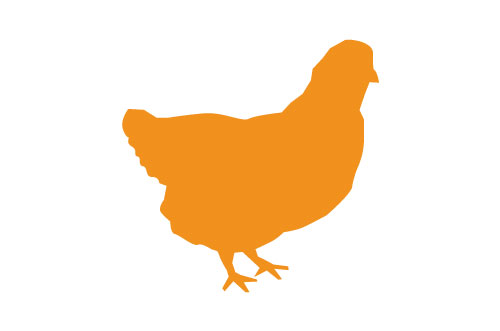
Chicken
The chickens we use for the preparation of our products come from supervised “free range” livestocks. For our products we only utilize noble chicken cuts like breast while we discard cheap cuts like bowels and tendons. Chicken meat is highly digestible and it represents one of the best protein sources for your dog; among other aspects, chicken meat provides various elements, which are fundamental for the dog well-being -like arginine, taurine and arachidonic acid- that cannot be synthesized by the dog’s organism.

Duck
Duck meat, widely used in French cuisine, is a very valuable raw material. A meat has a moderate fat content, so it is very energetic as well as palatable. Duck meat also contains proteins of high biological value and is a source of potassium.

Rabbit
Rabbit is highly appreciated for its delicate flavor and a very interesting ingredient from a nutritional point of view: its meat is in fact rich in proteins of high biological value and is low in fat, so its caloric intake is moderate. Finally, it brings B group vitamins, which are important for maintaining the functioning of the nervous system.

Duck
Duck meat, widely used in French cuisine, is a very valuable raw material. A meat has a moderate fat content, so it is very energetic as well as palatable. Duck meat also contains proteins of high biological value and is a source of potassium.

Lamb
Lamb is a young sheep whose age is below one years old. Lamb meat is usually very tender and it has a high nutritional value as it is rich in essential amino acids and it is a great source of minerals as well as group B vitamins.
In case of food intolerances, lamb meat is usually recommended as a valid alternative to beef meat.
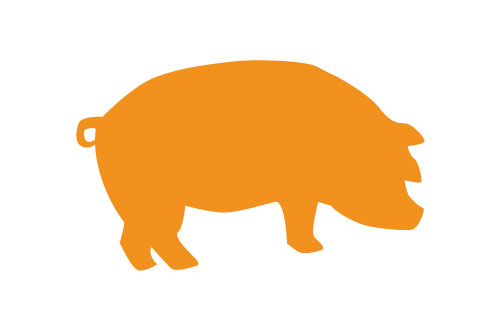
Pork
Pork meat is highly digestible as it is low in connective tissues.
Additionally, Pork meat contains various ingredients like B1, B2, B6, B12 and D vitamins as well as minerals like iron, copper, zinc and selenium.

Wild Boar
Wild boar belongs to Suids family, like the pig, but the taste of its meat is decidedly stronger. The wild boar meat is also rather lean and provides noble proteins, iron, phosphorus and B vitamins.
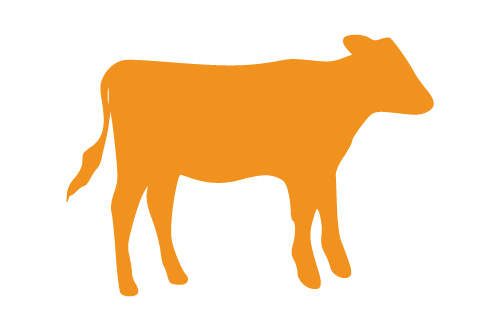
Veal
Veal meat stands out for its particular tenderness and digestibility.
It is rich of high biological value protein and poor in fat.
It also brings mineral salts, like sodium and potassium and B group vitamins.
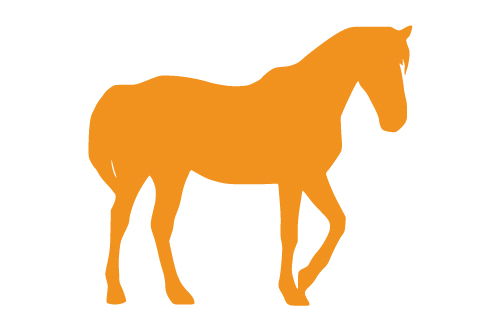
Horsemeat
Horsemeat provides a high protein content of great biological value.
It is known to be rich in iron and also contains B group vitamins, which are essential to the metabolic processes of the dog.
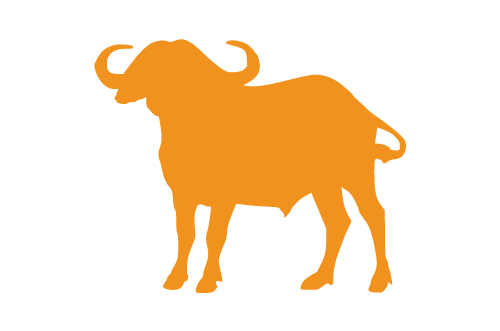
Buffalo
Buffalo belongs to the family of bovid but distinguishes from others by its higher rustic nature and its powerful musculature.
The meat of this animal has an intense flavor and brings high biological value protein and mineral salts.
It contains a lot of B6 and B12 vitamins.
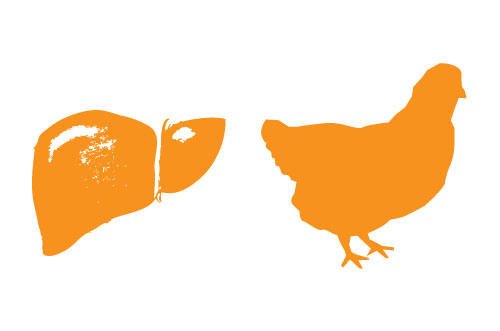
Chicken liver
Chicken liver has a high nutritional value and it is an excellent ingredient for the dog diet.
In fact, chicken liver is rich in vitamin A, which is a key substance for the dog, as it cannot synthesize it by himself, thus requiring an external dietary supplement.

Tuna
Tuna is an extremely digestible food, which helps making the cat nutrition complete. Additionally, Tuna is an excellent source of protein and acid fats like Omega 3, Omega 6 as well as selenium and B12 vitamin, which is essential for the dog well-being as it is not autonomously synthesized by its organism.

Salmon
Salmon is a very precious fish with a characteristic and delicate flavor. The nutritional properties of salmon are varied. Salmon provides a large amount of essential amino acids, useful for maintaining a good musculature. In addition, the lipid component is very interesting: in fact, the salmon brings fatty acids of the Omega 3 series, in particular EPA and DHA, essential for maintaining a shiny and healthy coat.

Sardine
Sardine belongs to the fish species commonly referred to as “green fish” which is vastly present in the Mediterranean Sea. Sardine meat is extremely tender and tasty. From a nutritional standpoint, sardine meat is rich on Omega 3 fatty acids and it is also a good source of Niacin, Vitamin D, Vitamin B12, phosphorus, proteins, calcium and selenium.

Herring
Herring is a small fish that lives predominantly in the North Sea.
It is a blue fish, and as such, it delivers high amounts of polyunsaturated fatty acids of the Omega 3 series.
Thanks to this property it promotes the health of the skin and the hair of the dog.

Potatoes
From a nutritional standpoint, potatoes are renowned for their high carbohydrates content, especially in the form of starch.
Given their high carbohydrates content, potatoes can only be used in small quantities in the cat diet as dogs are strictly carnivors.

Sweet potatoes
Imported from America, sweet potatoes are a precious source of carbohydrates with delicate flavor.
They are rich in potassium and A vitamin and also bring fibre, which is basic to ensure a sane intestinal transit.

Rice
In small quantities, rice represents an excellent source of carbohydrates that can be easily digested by your dog. What is more, rice is gluten free and it is rich in magnesium, phosphorus and potassium.
Additionally, whole rice provides insoluble fibre, an element that contributes to the dog correct gastro-intestinal transit.
On this regard, insoluble fibres can be extremely helpful for aging dogs.

Barley
Barley is a cereal of the same family of the wheat, with ancient origin.
It stands out for its good protein content and an easy digestibility, without exceeding the caloric intake.
It brings a good level of potassium, phosphorus and magnesium.

Basmati Rice
Basmati rice is very appreciated in the East and has a characteristic stretched shape, with a strong flavor.
Compared to common rice, it brings less calories but gives a good sense of satiety even with reduced portions.
It is a good digestible meal, therefore also suitable to dogs with intestinal problems.

Couscous
Couscous is a typical meal from North Africa. It is made from grains of wheat semolina, cooked with steam.
It is highly digestible, poor in fat and gives to the dog a sense of satiability.
It brings potassium, magnesium and B group vitamins, in particular niacin.
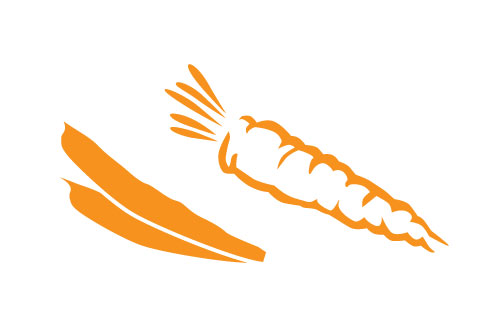
Vegetables
Vegetables provide fibres that help the dog digestive process by easing the intestinal transit.
Carrots, green beans, pumpkins and peas are not only a source of fibres but they are also rich in vitamins (especially A and E) and minerals like potassium.

Zucchini
Thanks to the fibre intake, zucchini are an excellent meal to regularize intestinal transit. They also bring a very low caloric intake and are highly digestible. The minerals made from zucchini are calcium, iron, potassium and phosphorus.

Pumpkin
Pumpkin is a typically autumnal vegetable; among its properties, we remember the contribution of fibers, very useful to maintain a correct intestinal transit; the pumpkin is also rich in water, therefore it gives satiety, but it is low in calories. Finally, as evidenced by its orange color, it is rich in beta-carotene, a precursor of vitamin A essential for maintaining healthy skin.
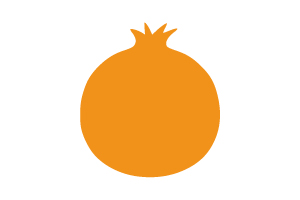
Pomegranate
Pomegranate is a typical fruit of the autumn season. Its main property is the richness in flavonoids, or antioxidant substances, which act by counteracting the action of free radicals and slowing down cellular aging.
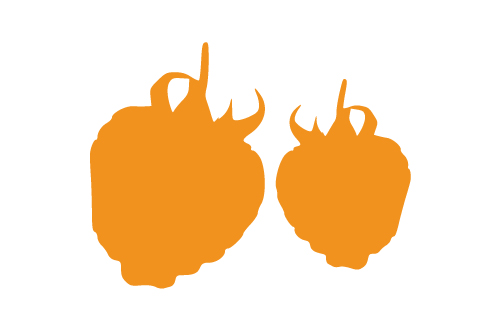
Raspberries, Blackberries and Blueberries
Raspberries, blackberries and blueberries are part of the family of wild berries and are typical of our mountains. They are known for their very high antioxidant power, which prevents cellular aging phenomena by counteracting the activity of free radicals. They also provide vitamin C, useful for the immune system.

Mango
This exotic fruit has a sweet and intense flavor, although having a reduced caloric content.
It brings A vitamin and beta carotene, essential to the health of this skin and the hair of the dog.
It also contains mineral salts like potassium, phosphorus and calcium.

Apple
Apple is a fruit with multiple nutritional properties; it provides soluble fiber, in the form of pectin, which facilitates gastrointestinal transit. The apple also contains high levels of polyphenols, natural substances with antioxidant action, important for delaying cellular aging; finally, it contains vitamins E and C, also characterized by antioxidant functions.

Pear
Pear has a composition similar to apple, but it is a fruit even richer in fibre.
It is rich in potassium and C vitamin – a natural antioxidant – , an important ally for the health of our animals.
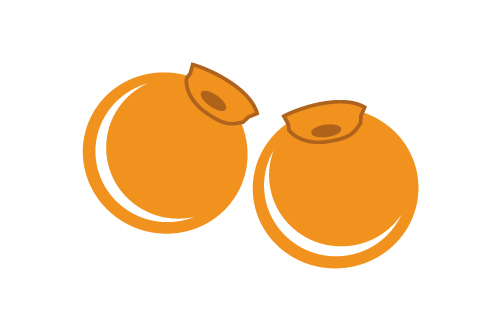
Blueberries
Blueberries are tiny and tasty berries, rich in C and A vitamins.
They are known for their extremely high antioxidant power,
which prevents the cell aging and free radical activity.

Amaranth
It is a plant from South America, with ancient origins. This small seed does not belong to the cereal family, with respect to which it has peculiar characteristics. Amaranth does not contain gluten and is richer in protein and lysine, an essential amino acid. It also provides important minerals such as calcium, phosphorus, magnesium and iron.
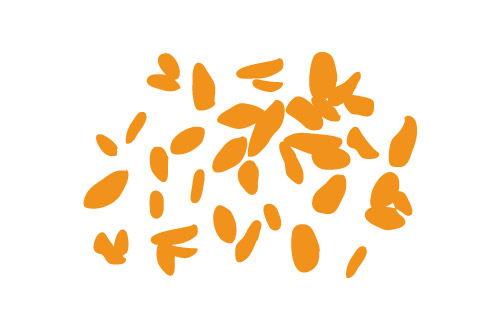
Goji berries
Goji berries are small red fruits of oriental origin with very interesting properties: they contain vitamin C and A in high concentrations, they bring mineral salts such as potassium, calcium, phosphorus and are rich in antioxidants such as carotenoids. These berries have energizing properties and support the immune system.
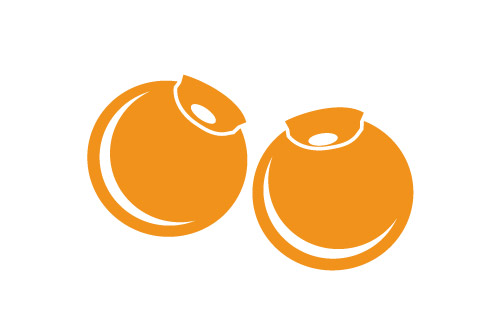
Cranberry
These wild berries originating in North America are known to be rich in natural substances with an antioxidant action, which act by slowing down the aging process. The cranberries also bring carotenoids, useful for maintaining healthy eyes and skin.

Chamomile
Chamomile is a medicinal plant and is mainly known to promote relaxation. Its soothing properties are also famous; in fact, we often use it to prepare compresses. Finally, chamomile is rich in flavonoids, natural antioxidant substances that counteract cellular aging.

Turmenic
Turmeric is a spice widely used in Asian cuisine, derived from a root. It has innumerable beneficial properties, most of them attributable to curcumin, a substance present within the root, that has a very strong antioxidant power.

Ginger
Ginger is a plant native to India, with a slightly spicy taste. Many interesting qualities are typical of ginger: for example, it favors correct digestion and protects the gastric mucosa.

Mint
Mint is a medicinal plant commonly found in our meadows, but there are many selected botanical varieties. Mint is famous above all for its fragrance and its refreshing taste and, if ingested, it helps to keep a fresh breath.

Marjoram
Marjoram is an aromatic plant from the same family as oregano, and is widely used in Italy. This plant is rich in vitamin C, very important to contribute to the proper functioning of the immune system.
